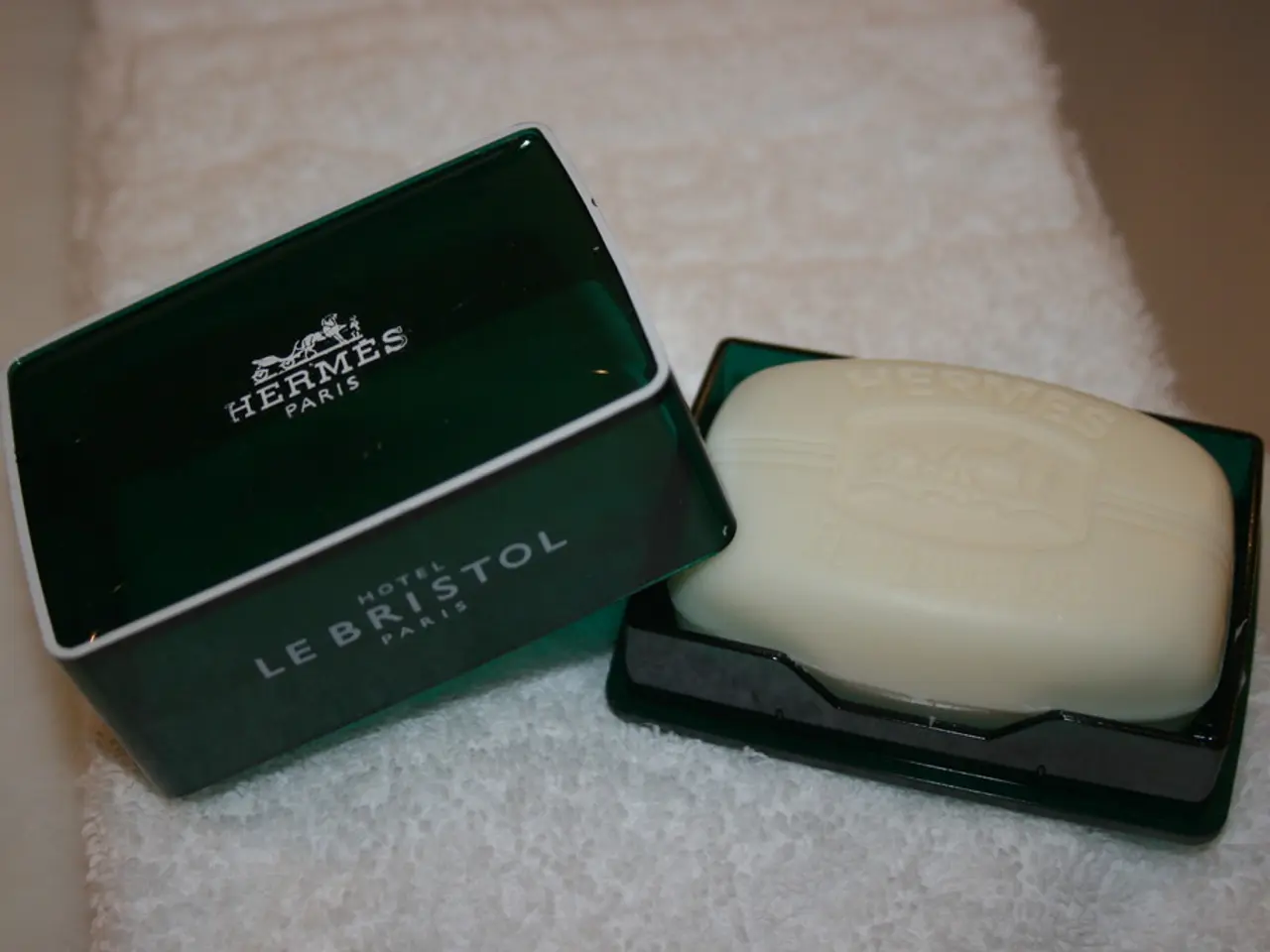Surge in Demand for Liquid Detergents Forecast to Reach USD 52.4 Billion by 2034
In the dynamic world of consumer goods, the global liquid detergents market continues to grow, driven by various factors that resonate with modern consumers.
In 2024, household applications accounted for a significant 78.3% of the global market, with liquid detergents finding widespread use in cleaning household surfaces and laundry. The surge in demand can be attributed to heightened health and hygiene awareness, spurred by global health events, that has fueled the demand for effective stain- and bacteria-removing detergents.
The market's expansion is not confined to household use alone. Between November 2020 and October 2021, liquid detergents comprised 41% of all new detergent product launches in India, indicating a growing industrial and institutional sector adoption.
Asia-Pacific, with its diverse consumer base and penetration of washing machines in rural areas, emerges as the largest market, accommodating a range of detergent types from economical powder detergents to premium liquid pods. North America, particularly the U.S. and Canada, stands out due to a strong consumer preference for premium, green-label, and eco-friendly products. Europe, guided by stringent environmental regulations, favours biodegradable, phosphate-free, and plant-based detergents.
Companies are responding to the growing demand for eco-friendly products by introducing sustainable packaging and biodegradable formulas. Notable brands like Amway, S. C. Johnson & Son, Inc., Colgate-Palmolive, Church & Dwight, and Henkel are leading this charge, aiming to reduce plastic waste and meet consumer needs.
In India, the surfactant segment of the chemical industry benefits from supportive government policies like "Make in India" and "Atmanirbhar Bharat," allowing up to 100% foreign direct investment (FDI) through the automatic route.
The COVID-19 pandemic has further strengthened demand for liquid fabric care solutions in India. In 2024, the U.S. remained the leading region in the global liquid detergents market, accounting for 41.7% of the total revenue, equivalent to USD 12.6 billion.
Looking ahead, the compound annual growth rate (CAGR) of the Global Liquid Detergents Market from 2025 to 2034 is projected to be 5.6%. With the demand for convenient, high-performance cleaning solutions continuing to rise, particularly in households, the market is poised for steady growth. The Global Liquid Detergents Market is projected to reach approximately USD 52.4 billion by 2034.
Liquid detergents offer versatility, from washing delicate fabrics like silk, wool, or lace, to cleaning countertops, floors, and bathrooms, diluted with water to remove dirt, grime, and stains effectively. Even in hand-washing dishes, liquid detergents are favoured for their ability to cut through grease and food residues efficiently and their cost-effectiveness.
In the baby care sector, liquid detergents formulated for baby clothes are hypoallergenic, fragrance-free, and dye-free, ensuring safety for sensitive skin.
As the market evolves, it is clear that consumer preferences are driving innovation, with a focus on health, sustainability, and convenience.
The finance sector plays a crucial role in supporting the growth of the global liquid detergents industry, as companies invest in research and development for eco-friendly products and sustainable packaging.
The manufacturing industry, driven by consumer demand, is witnessing an increase in the production of liquid detergents, with the business sector adopting these products for industrial and institutional cleaning purposes.




